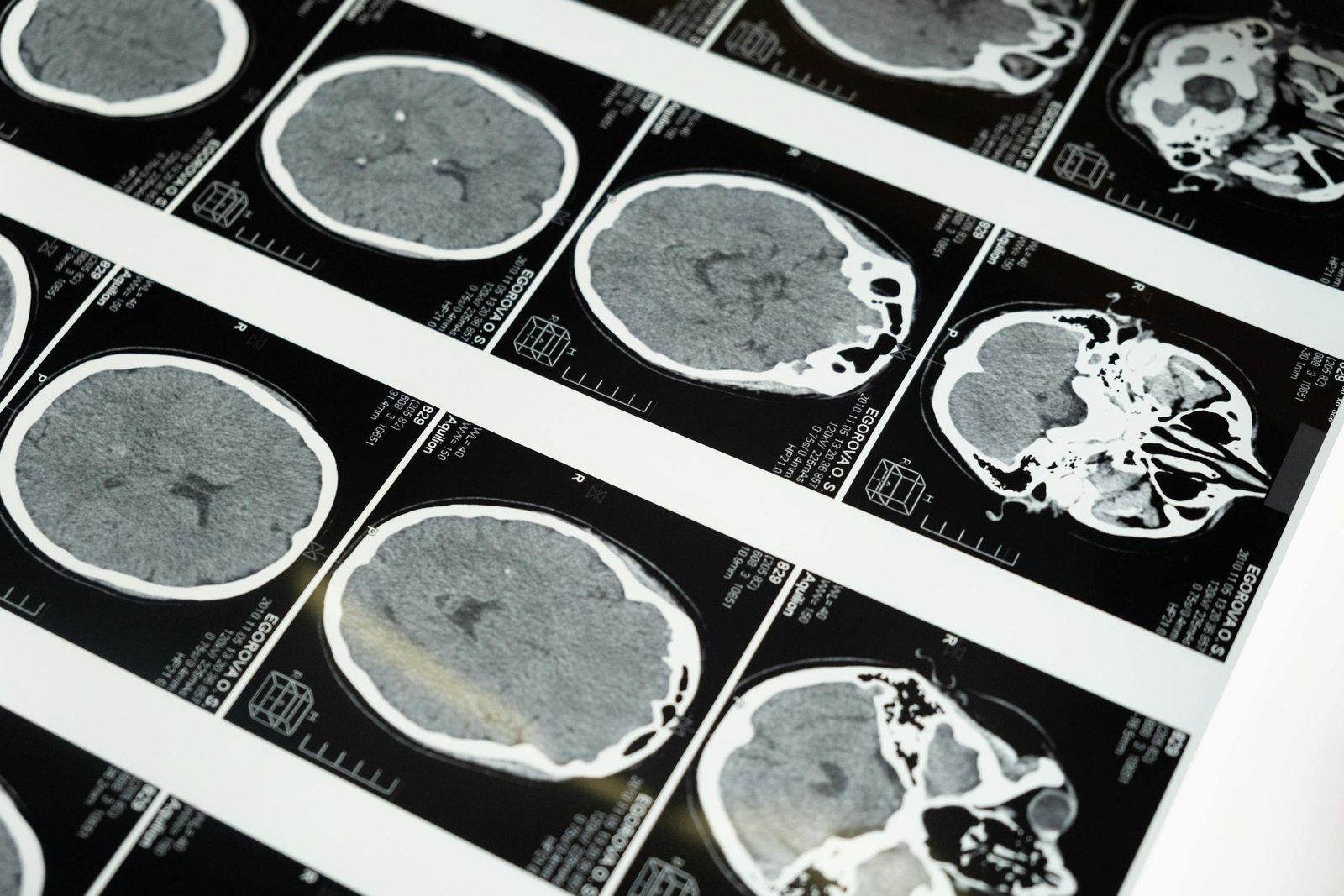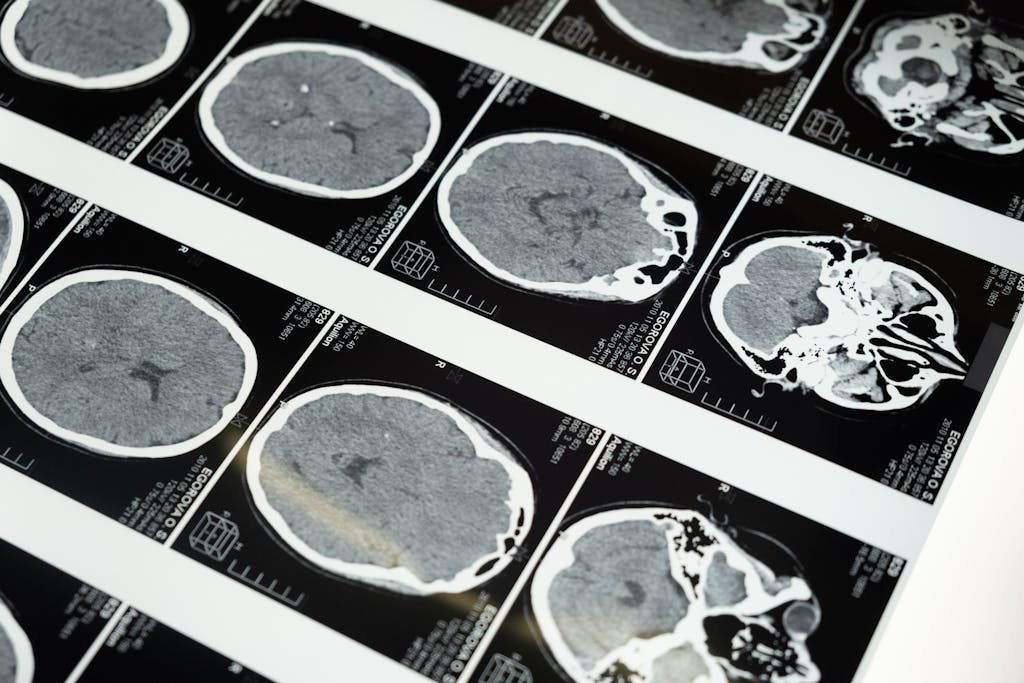
How habit works
Imagine this: You’re in a coffee shop, the aroma of freshly brewed coffee envelops you, and without a second thought, you’ve ordered your usual latte and a buttery croissant. This scene might seem mundane, yet it is a prime example of how habits govern our actions, often without our conscious awareness. Habits, those invisible threads weaving through the fabric of our daily lives, are powerful forces. But how do they form? Why do they persist? And most importantly, can we reshape them?
Let’s dive into the fascinating science of habits, their neural underpinnings, and the strategies for harnessing their power.
The Anatomy of a Habit: Cue, Routine, Reward

At its core, every habit consists of three elements: a cue, a routine, and a reward. This trio forms what researchers call the “habit loop.”
- The Cue: This is the trigger, a sensory signal that tells your brain to initiate a behavior. It could be a specific time, place, emotion, or even a smell.
- The Routine: This is the action or behavior itself, performed in response to the cue.
- The Reward: This is the outcome that reinforces the habit, whether it’s a burst of energy from caffeine, the comfort of familiar flavors, or a sense of accomplishment.
For example, if stress at work (cue) leads you to snack on chocolate (routine), and you feel a momentary relief (reward), the loop strengthens. Over time, the basal ganglia, a part of the brain responsible for automatic behaviors, takes over, making the habit nearly instinctual.
The Science of Habit Formation: Wiring the Brain

Habits form through repetition and the brain’s ability to rewire itself—a phenomenon known as neuroplasticity. Initially, new behaviors require significant effort from the prefrontal cortex, the brain’s decision-making hub. But with repetition, control shifts to the basal ganglia, conserving mental energy for other tasks.
Key Insight: A 2009 study by Phillippa Lally and colleagues at University College London found that, on average, it takes 66 days to form a new habit. However, the timeline varies, influenced by the complexity of the habit and individual differences.
Interestingly, habits are resilient. Unlike memories that can fade, old habits rarely disappear. Instead, they become dormant, waiting for the right cue to resurface. This is why breaking habits is challenging—they’re not erased but overwritten.
Why Habits Stick: The Role of Dopamine

The brain’s reward system, powered by dopamine, plays a pivotal role in habit formation. When you receive a reward, your brain releases dopamine, reinforcing the behavior that led to it. Over time, even the anticipation of the reward triggers dopamine release, making the habit self-sustaining.
Consider the example of social media. A notification (cue) prompts you to check your phone (routine). The likes or comments you see (reward) trigger dopamine, creating a cycle that is hard to break.
Breaking Habits: Why Cold Turkey Rarely Works

Habits are deeply ingrained neural circuits. Stopping a habit outright deprives the brain of its expected reward, leading to discomfort and cravings. This explains why “cold turkey” approaches often fail.
Instead, experts recommend habit substitution. Rather than eliminate the habit, replace it with a healthier routine that satisfies the same craving.
Case Study: The Smoking Dilemma
Many smoking cessation programs advocate replacing the act of smoking with chewing gum or using nicotine patches. These substitutes maintain the ritual while reducing dependency on nicotine. Over time, the brain associates the new routine with relief, gradually overwriting the smoking habit.
Read also : 30-Day Challenge: Adopt a Positive Habit
Designing New Habits: The Power of Tiny Changes

Building new habits is not about willpower; it’s about strategy. Here are three practical steps:
- Anchor to Existing Habits: Attach the new behavior to a pre-existing habit. For instance, if you want to start meditating, do it right after brushing your teeth—a habit already firmly established.
- Start Small: Instead of aiming for a 30-minute workout, begin with just five minutes. Success breeds momentum.
- Make Rewards Immediate: Humans are hardwired for instant gratification. If the reward feels distant, the habit may not stick. For example, listening to your favorite podcast during a run makes the experience enjoyable, increasing the likelihood of repetition.
Habits and Identity: The Internal Shift

Habits are not just behaviors; they shape your identity. When you repeatedly act in a certain way, you begin to see yourself through that lens. A person who runs daily doesn’t just exercise; they become a runner. This identity shift is crucial for sustaining habits long-term.
Pro Tip: Use Identity-Based Goals
Instead of saying, “I want to lose weight,” frame it as, “I’m someone who values health.” This subtle shift aligns your habits with your core values, making them more resilient.
Read also : Create a Morning Routine for Success
When Habits Go Corporate: Consumer Behavior
Habits extend beyond individuals—they’re the lifeblood of consumer behavior. Companies capitalize on predictable patterns, designing products and marketing strategies that fit seamlessly into consumers’ routines.
Example: The In-Shower Moisturizer
When introduced, this product disrupted the traditional post-shower moisturizing habit. However, its success lay in aligning with an existing behavior (showering) while offering a greater reward (time saved).
Businesses also use loyalty programs to reinforce habits. Each reward point acts as a dopamine trigger, encouraging repeat purchases.
The Dark Side of Habits: Recognizing Manipulation

Not all habit-forming techniques are benign. Some exploit vulnerabilities, encouraging addictive behaviors. Social media algorithms, for example, are designed to maximize screen time by feeding users with intermittent rewards—a strategy borrowed from slot machines.
Being aware of these tactics empowers consumers to regain control.
Emotional Resonance: Why Habits Matter

Habits are more than routines; they are the scaffolding of our lives. A habit can be the comforting ritual of a bedtime story with your child or the unhealthy loop of procrastination that undermines your goals. They shape not just what we do, but who we are.
Imagine habits as a garden. Some flowers bloom effortlessly, while weeds threaten to overrun. Tending to your habits is an act of self-care, requiring patience, strategy, and persistence.
Conclusion: Harnessing the Power of Habits
Understanding habits gives you the tools to take control. Whether you’re aiming to eat healthier, exercise more, or design a product that captures consumer loyalty, the principles of the habit loop, dopamine-driven rewards, and identity-based goals hold the key.
Start small, be consistent, and remember: every habit you nurture is a step toward becoming the person you aspire to be.
If you want to go further, here’s a guide. To get it, click here!



